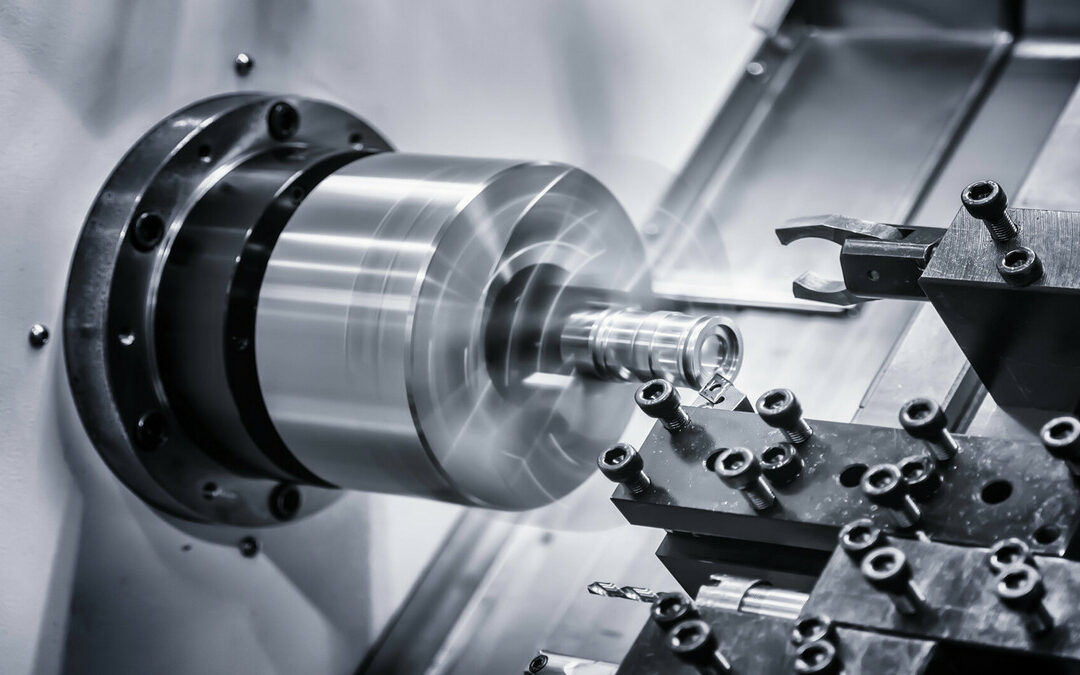What is the Milling Process?
Milling refers to a technique of moving the relative position of a workpiece such as metal to a tool while cutting or drilling a hole in the material to give the material the desired shape. When working, the tool rotates as the main movement, the workpiece moves as the feed movement, and the workpiece can also be fixed, but the rotating tool must complete the main movement and the feed movement at the same time. Machine tools for milling include horizontal milling machines, vertical milling machines, or gantry milling machines. These machine tools can be ordinary machine tools or CNC machine tools. Cutting with a rotating milling cutter as a tool. Milling is generally carried out on a milling machine or a boring machine and is suitable for processing planes, grooves, various forming surfaces, and special shapes of molds.
Milling can be roughly divided into two types: Milling in which the workpiece to be machined is fixed and rotating the tool, and turning in which the workpiece is rotated.
What is Milling Machine Processing?
Milling machining is a method of machining with a cutting tool called a milling machine mounted on a rotating shaft. Because it allows the tool to intermittently contact and cut the fixed workpiece, it can not only machine the surface of the workpiece into a flat or curved surface but also perform various operations such as drilling and grooving.
Milling machines can be divided into horizontal and vertical types according to the spindle direction of the installation tool, and there are also gantry-type milling machines, which can use tools such as face mills, end mills, and slot mills to machine workpieces into target shapes.
What is Lathe Machining?
Lathe processing is generally divided into two categories: material moving, tool moving, and tool moving and material moving. Lathe machining technology can be used to process the workpiece with a lathe to make the outer periphery of the workpiece into a round shape or a shape with a thin end, or perform drilling, boring to enlarge the hole diameter, thread cutting, and grooving. The workpiece can be completely cut off.
Read more: What is the Milling Process?





